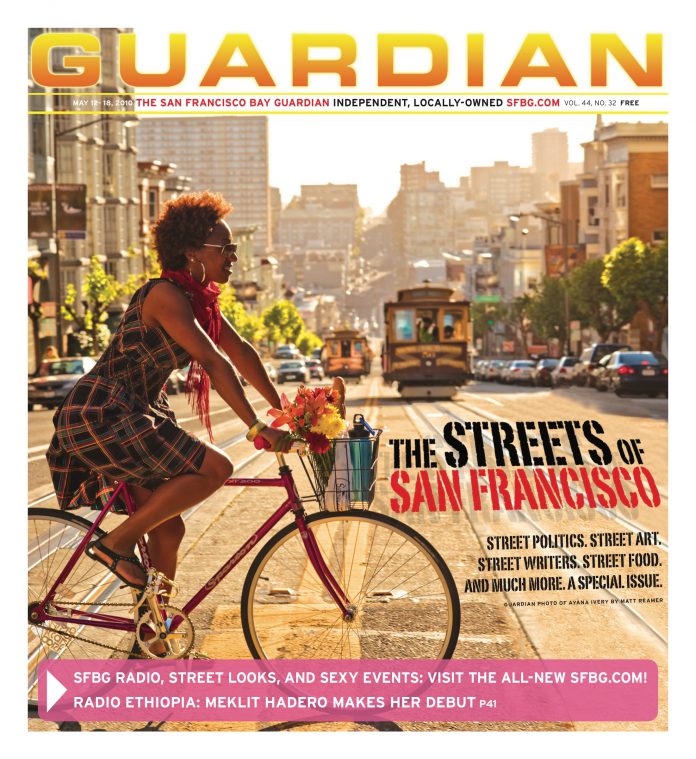MUSIC Let’s get this out of the way: Icelandic composer Jóhann Jóhannsson writes beautiful music. His string sections shiver and swell, his melodies alternately soar and ache, and the electronic textures that he often weaves in amid the more traditional orchestral instruments are unobtrusively massaged into the mix. This is music that doesn’t take warming up to, but rather cocoons you with its immediate approachability and occasional familial resemblances to members of the classical canon as well as more modern film composers such as Nino Rota and Elmer Bernstein. (In fact, many of Jóhannsson’s albums started as original soundtracks, or have been used as such.)
“Prettiness is not something I strive for, even though I know that most people’s initial reaction to my work is to say that it’s beautiful,” Jóhannsson counters bluntly over the phone when I ask for his feelings on the subject. “I don’t think beauty is the main goal. I think it’s more a certain emotional quality. I work in a very visceral way and I try to make music that affects you viscerally and that affects you physically.”
This has certainly been my experience of Jóhannsson’s music, starting with Englaborn, his 2002 debut on the Touch label, and up through his most recent release, last year’s And In the Endless Pause There Came the Sound of Bees (Type), in spite of — or perhaps because of — its beauty. Listening to these classical-not-classical albums, it is hard not to feel that familiar tug inside — the affective prelude to either laughing or crying — that often occurs when one encounters something beautiful.
Composer Benjamin Britten once wrote that “It’s cruel, you know, that music should be so beautiful.” Britten then cataloged the different types of cruel beauty music allows the listener to access: there is “the beauty of loneliness and of pain: of strength and freedom,” “the beauty of disappointment and never-satisfied love,” and “the cruel beauty of nature and the everlasting beauty of monotony.”
The kinds of beauty described by Britten — beauty attenuated by pain or loss — are present in Jóhannsson’s music, enriched by the context of its conception. Englaborn’s icy and delicate arrangements were conceived as a compliment to the violence and emotional ugliness of the play it originally scored. Fordlandia (4AD), Jóhannsson’s monumental 2008 album, was inspired in part by Henry Ford’s abandoned prefabricated industrial town built in the Amazonian rainforest in 1928, itself a monument to failure. And In the Endless Pause … is an expanded soundtrack to Marc Craste’s animated eco-parable Varmints, a critique of the environmental costs of unchecked urbanization told with a cast of rodents. When asked who his ultimate fantasy collaborator would be, Jóhannsson immediately names the late, great depressive Belgian chanson specialist Jacques Brel.
Despite the unabashed emotionality of his music, with its darker spells of sturm und drang , Jóhannsson discusses his work matter-of-factly. “I think what I’m interested in is the clash of culture and nature, or of technology and nature,” he says. “I don’t write ‘absolute music.’ It always starts with a nonmusical idea.” Better to leave the gushing to the critics, I suppose — a charge that could certainly be leveled at this particular profile. But I know I won’t be the only one reaching for a handkerchief when Jóhannsson and his six-piece ensemble take to the Great American Music Hall’s stage. Yes, it is cruel that music can be so beautiful. But hearing it is nonetheless sublime.
JÓHAN JÓHANNSSON
With Christopher Willits
Fri/14, 9 p.m. (doors at 8 p.m.), $21
Great American Music Hall
859 O’Farrell, SF
1(888) 233-0449

